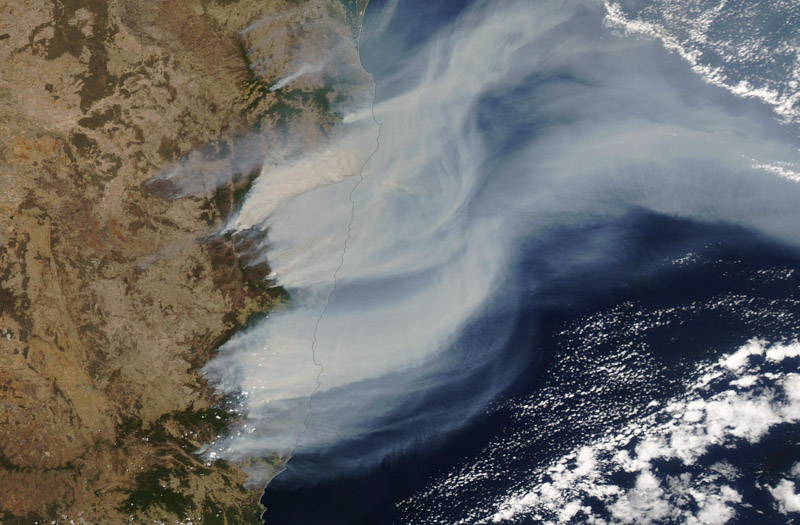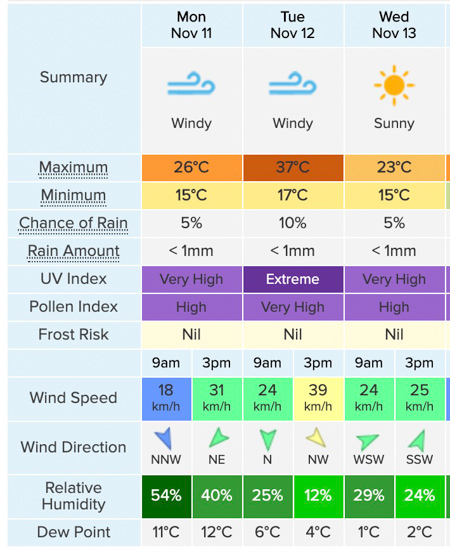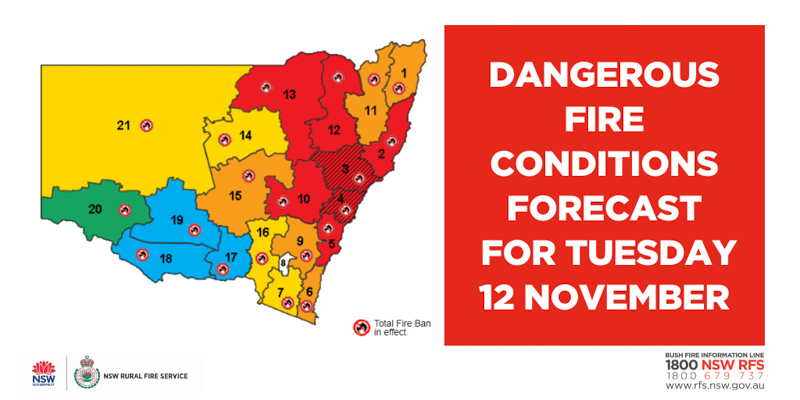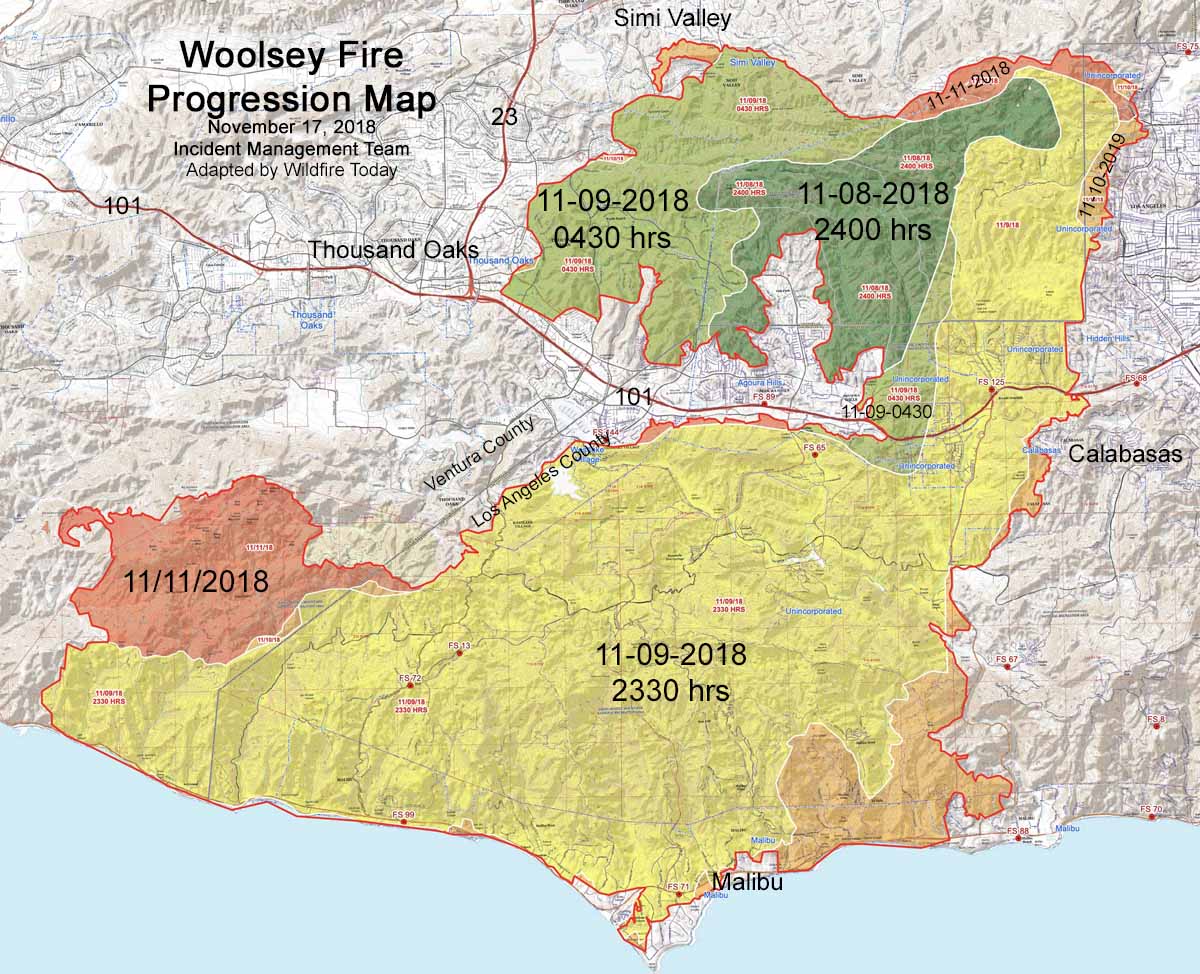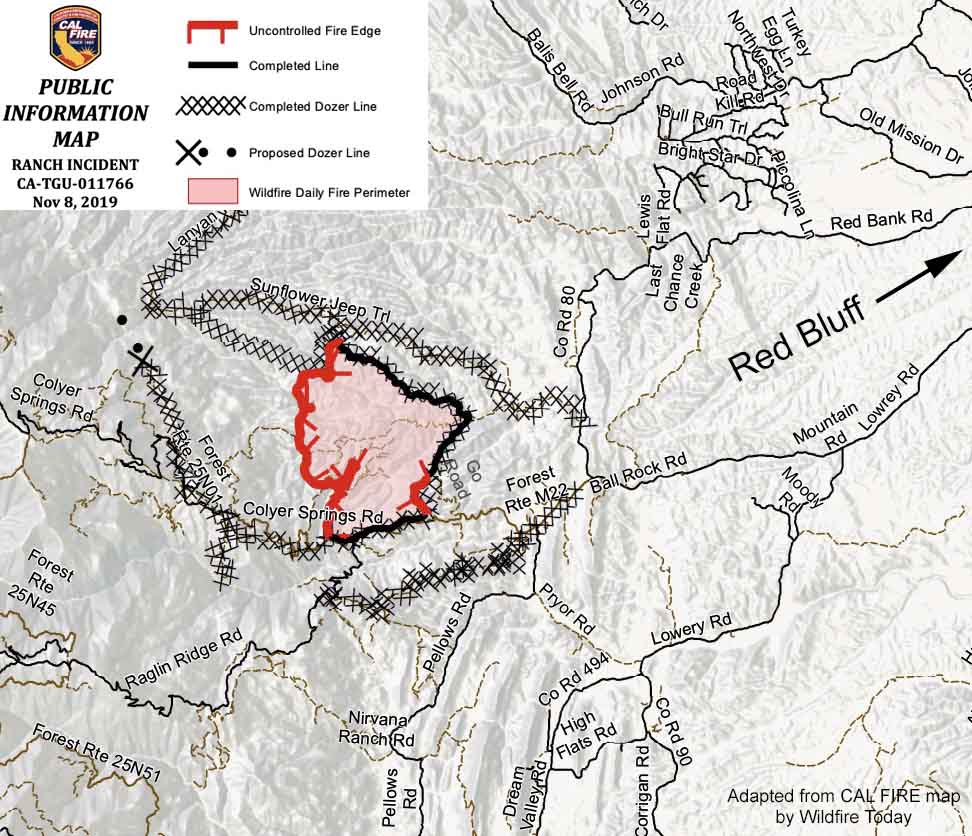Some people have said that the Pack Test version of the Work Capacity Test required for many wildland firefighters in the United States does not adequately reflect the tasks performed on the job. Criticisms are that it has a bias toward individuals with long legs and does not sufficiently address flexibility, strength, speed, coordination, and agility. Others disagree, saying it can weed out those unfit for the job.
We created a poll on the subject:
Poll:
Do you think the Pack Test version of the Work Capacity Test required for many wildland firefighters in the United States adequately measures the capacity of a person to work as a wildland firefighter? (the test is carrying 45 pounds for 3 miles in 45 minutes)
— Wildfire Today ? (@wildfiretoday) November 11, 2019
The U.S. Army has developed a new Fitness Test that is reported to be gender- and age-neutral. To prepare and train their ROTC personnel for the test Colorado State University has designed a training regimen. Perhaps the federal land management agencies could glean some ideas from either the Army Fitness test or the training program being developed by CSU.
Below is an excerpt from an article on Colorado State University’s web site:
For more than 30 years, the U.S. Army has tested the strength and endurance of its soldiers through a battery of pushups, sit-ups and a two-mile run known as the Army Physical Fitness Test.
But soon the Army will replace this legacy test with a new gender- and age-neutral assessment consisting of six events — deadlifts, farmer’s carries, sled pulls and much more — that will impact personnel around the globe as well as right here at Colorado State University.
To prepare for the change coming in October 2020, CSU’s Army ROTC program is part of a pioneering study with the Department of Health and Exercise Science that examines the most effective training plans for the new Army Combat Fitness Test.
Lt. Col. Troy Thomas, commander of Army ROTC programs at CSU and the University of Northern Colorado, has personally endorsed the study and encouraged his cadre to pursue the most effective protocol for the 150 cadets, 28% of whom are female.
“On average, we have about seven contact hours per week with our cadets, and less than half of those hours are dedicated to physical fitness,” he said. “What we discover as the best protocol will elicit the most efficient and effective results of those three hours to achieve our scholar-athlete-leader outcomes.”
The research so far suggests hybrid training as the most effective option, and it has attracted attention and support from the U.S. Army and U.S. Department of Defense. According to the researchers involved in the study, it also could have a profound impact in helping U.S. Army Cadet Command prescribe fitness regimens to help ROTC cadets train for the new test.
“Colorado State is at the cutting edge of producing a combat fitness protocol for a very select population,” said Al Armonda, a CSU military science instructor who helped lead the study. “This falls well within our land-grant mission in filling a gap in the force that the Army needs.”
The new Army Combat Fitness Test consists of a series of six challenges designed to better connect certain fitness aspects with combat readiness such as strength, endurance, power, speed, agility, balance, flexibility, coordination and reaction time.
But for Army ROTC programs across the country, this presents a challenge.
An active-duty soldier can schedule four or five 70- to 90-minute training sessions in a typical week. For an ROTC cadet, Armonda said finding the time to properly train for the new fitness test can be difficult as they are first and foremost students.
In spring 2019, ROTC leadership and Armonda’s research team conducted a first-of-its-kind study comparing and contrasting several Army Combat Fitness Test training regimens.
The 10-week pilot study with 30 cadets showed strong evidence that a full-body, hybrid training approach — aerobic and anaerobic training, weight-lifting, body-weight exercises, plyometrics and high-intensity intervals — is far more effective than the traditional training regimens that focus solely on muscular endurance and aerobic exercise.
[…]
Department of Defense officials recently visited CSU to observe the training program and learn how they can provide support and assistance. Additional workout equipment, some of which has already been procured, is necessary as the new test requires deadlift bars, kettlebells and pullup stations. And researchers are currently launching a more robust study with 60 cadets for more statistical power.
Armonda said that the study has additional applications beyond the Army, noting that it can also be beneficial to first responders, many of whom start their careers in the U.S. military.
“Because of the constricted time frame that we have to actually complete these fitness requirements, we think the success of this study can transfer over to law enforcement, wildland firefighters and other federal agencies,” Armonda said…
Click here to see the entire article, including photos and videos.


